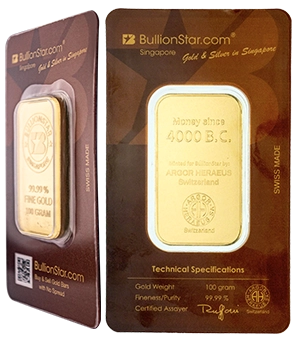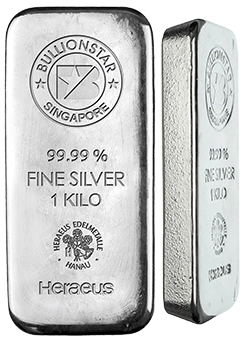The U.S. Dollar’s Decline: Why Precious Metals Matter More Than Ever
Since the United States abandoned the gold standard in 1971, the U.S. dollar has lost 87% of its purchasing power. The US dollar’s decline highlights the fundamental value proposition of physical precious metals as a store of value and hedge against currency debasement.
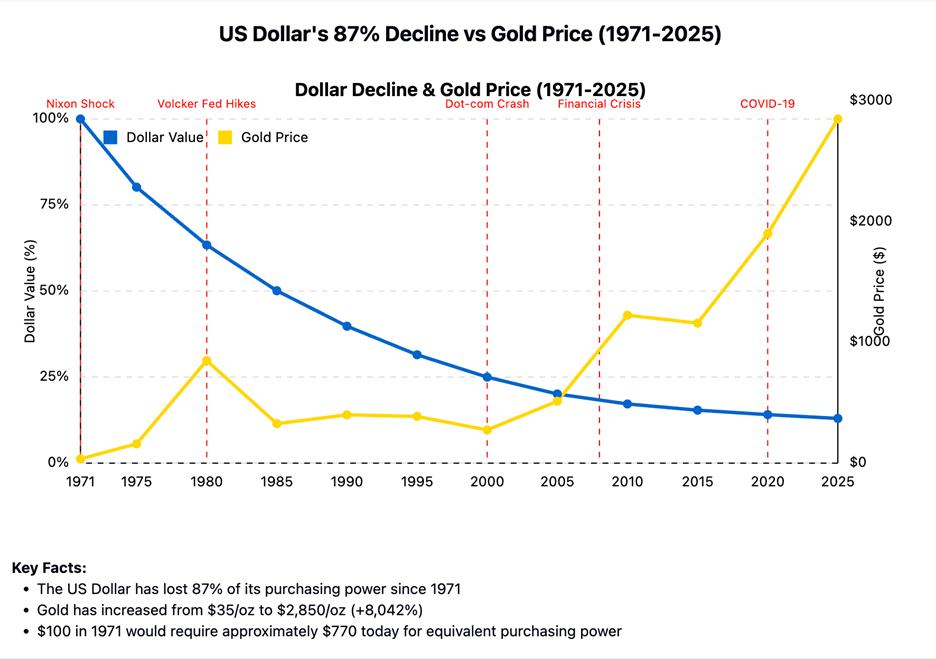
The Nixon Shock and Its Lasting Impact
On August 15, 1971, President Richard Nixon announced that the United States would no longer convert dollars to gold at a fixed value, effectively ending the Bretton Woods system.
This momentous decision, the “Nixon Shock," fundamentally transformed the global monetary system.
Before this decision, the U.S. dollar, backed by gold, had maintained relatively stable purchasing power for decades. The gold standard disciplined monetary policy by requiring that currency be backed by physical gold reserves.
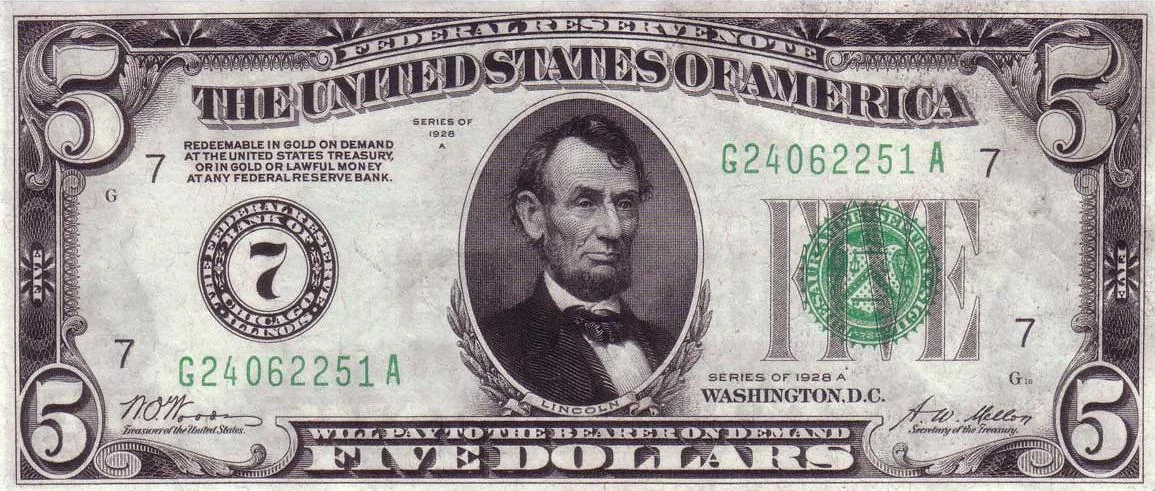
Without this anchor, central banks gained unprecedented ability to expand the money supply.
The Consequences of Untethered Currency
The results of this policy shift have been dramatic:
- In 1971, the average price of a new home in the United States was approximately $25,200. As of March 2025, that figure had surpassed $500,000.
- In 1971, a gallon of gasoline cost around 36 cents. Today, Americans pay over $3.80 per gallon on average.
- The average family car that cost $3,000 in 1971 would now cost well over $55,000.
These price increases are not merely the result of natural economic growth or improved quality—they fundamentally reflect the erosion of the dollar’s purchasing power through persistent inflation.
The Money Supply Explosion
The federal government and Federal Reserve have dramatically expanded the money supply, particularly during economic stress. Money printing reached unprecedented levels during the COVID-19 pandemic, with the M2 money supply growing by nearly 40% in just two years.
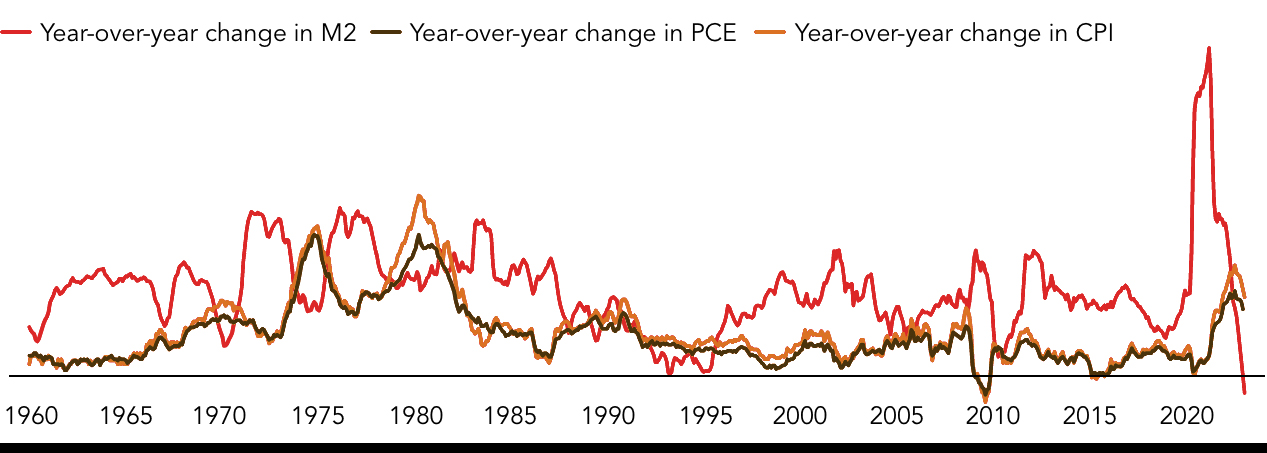
Even more concerning, the Federal Reserve’s balance sheet has expanded beyond $8 trillion as of early 2025, maintaining historically high levels despite attempts at quantitative tightening.
Each newly created dollar dilutes the value of every dollar already in circulation, functioning as a hidden tax on savers and those on fixed incomes.
Gold and Silver: Preserving Purchasing Power

While fiat currencies like the U.S. dollar have consistently lost value, physical precious metals have maintained their purchasing power over millennia:
- An ounce of gold that bought a fine men’s suit in Ancient Rome would still buy one today.
- Silver has similarly preserved wealth throughout human history, maintaining its value while countless paper currencies have failed.
The performance of gold since 1971 has been particularly telling. When Nixon closed the gold window, gold traded at $35 per ounce.
Today, as of March 2025, it trades above $2,850 per ounce, reaching multiple all-time highs in recent months—a clear reflection of the dollar’s declining value rather than gold “going up" in any absolute sense.
Gold Bullion: The Ultimate Inflation Shield Amid Rising Tariffs and Global Economic Uncertainty
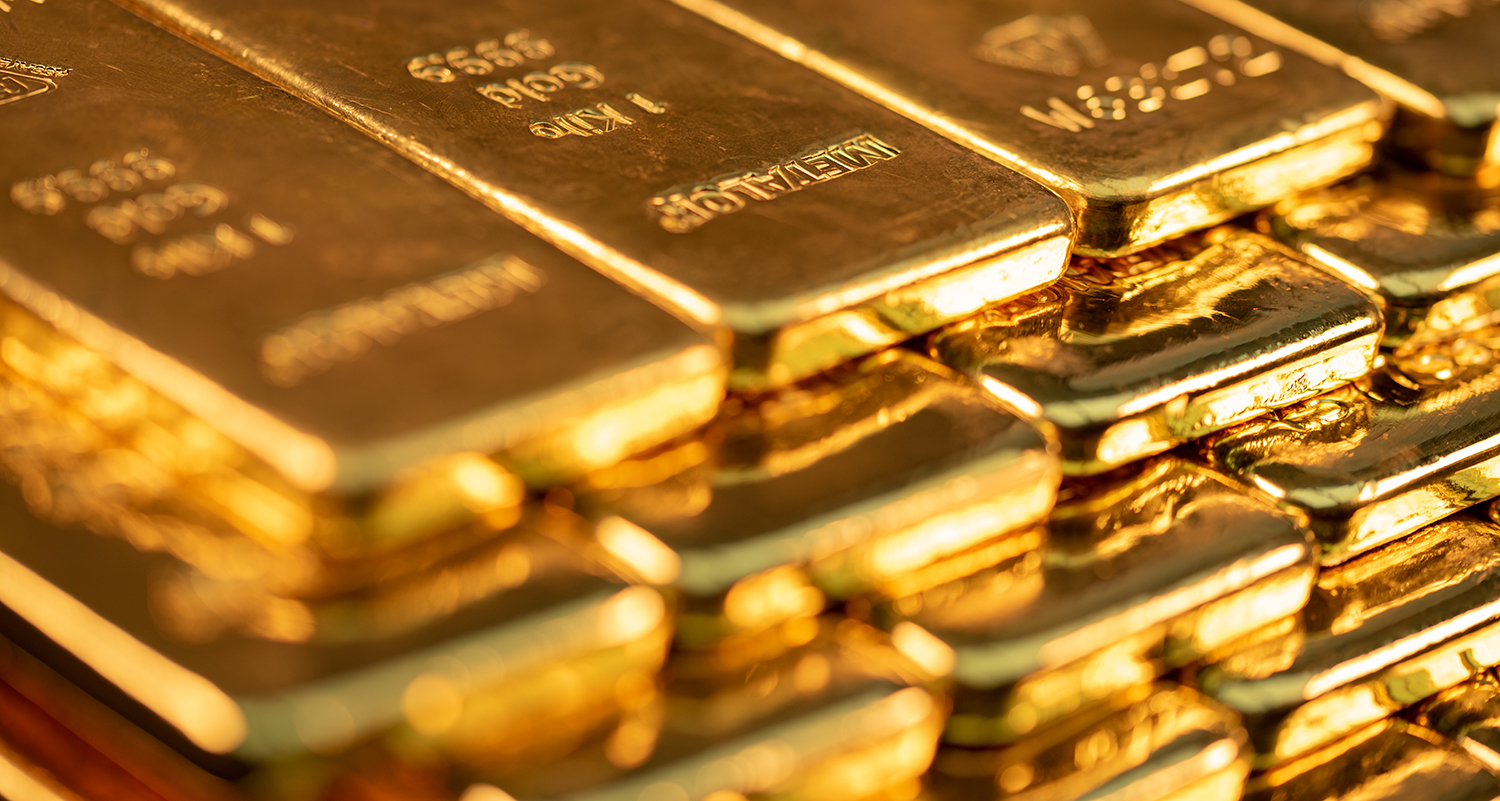
Today’s macroeconomic landscape is increasingly dominated by rising protectionist policies, notably propelled by the second Trump administration’s substantial new tariffs on Chinese imports and potential trade barriers with other economic partners. While these tariffs aim to shield domestic industries, they simultaneously generate inflationary pressures within supply chains and escalate input costs for manufacturers.
In a climate of increased economic uncertainty and potential currency fluctuations, investing in gold bullion stands out as a highly prudent choice. Physical gold acts as a traditional safeguard against inflation and currency depreciation, offering essential protection, especially when global trade tensions threaten economic stability.
As central banks continuously expand their balance sheets and sovereign debt reaches unprecedented levels, gold’s inherent value and its distinctive position outside the financial system make it a crucial element in any investment portfolio aimed at preserving wealth.
Unlike currencies that risk debasement due to unpredictable monetary policies, gold consistently retains its purchasing power through various economic cycles and geopolitical upheavals. This precious metal offers investors a tangible, portable store of value that has proven resilient to centuries of economic turbulence.
Invest in your future—embrace the stability and security only gold can offer during these uncertain times.
BullionStar: Your Partner in Wealth Preservation
In an era of unprecedented monetary expansion and currency debasement, physical precious metals offer a time-tested alternative to holding depreciating fiat currency.
BullionStar provides investors with secure access to investment-grade gold, silver, platinum, and palladium—assets that have preserved wealth for thousands of years.

Our storage solutions in Singapore, New Zealand, and the United States offer additional security through geographic diversification, protecting your assets from political risk in single countries.
The Path Forward
Recent cycles of inflation, growing global debt burdens, and increasing geopolitical tensions have only strengthened the case for precious metals. The evidence is evident, with the U.S. national debt exceeding $35 trillion and global central banks actively diversifying their reserves with record-high gold purchases.
The dollar’s 87% decline since 1971 is a stark reminder that fiat currencies are not reliable long-term stores of value.
Whether you’re safeguarding existing wealth or creating a financial legacy for future generations, physical precious metals offer protection against the continued devaluation of paper currencies.
Visit BullionStar today to learn how our premium bullion products and secure storage solutions can help you preserve your purchasing power in an increasingly uncertain monetary landscape.
Popular Blog Posts by BullionStar
 How Much Gold is in the FIFA World Cup Trophy?
How Much Gold is in the FIFA World Cup Trophy?
 Essentials of China's Gold Market
Essentials of China's Gold Market
 Singapore Rated the World’s Safest & Most Secure Nation
Singapore Rated the World’s Safest & Most Secure Nation
 Infographic: Gold Exchange-Traded Fund (ETF) Mechanics
Infographic: Gold Exchange-Traded Fund (ETF) Mechanics
 BullionStar Financials FY 2020 – Year in Review
BullionStar Financials FY 2020 – Year in Review
 Is It Too Late to Buy Gold in 2025? 7 Signs Pointing to Gold’s Next Major Rally
Is It Too Late to Buy Gold in 2025? 7 Signs Pointing to Gold’s Next Major Rally
 Silver’s Coming Breakout: Expert Insights from Peter Krauth
Silver’s Coming Breakout: Expert Insights from Peter Krauth
 The Golden Truth: How Financial Advisors’ Silence on Bullion Could Cost You Your Wealth
The Golden Truth: How Financial Advisors’ Silence on Bullion Could Cost You Your Wealth
 US Announces New Tariffs: What It Means for Your Wealth and Why Gold Still Wins
US Announces New Tariffs: What It Means for Your Wealth and Why Gold Still Wins
 The U.S. Dollar’s Decline: Why Precious Metals Matter More Than Ever
The U.S. Dollar’s Decline: Why Precious Metals Matter More Than Ever






 BullionStar
BullionStar 0 Comments
0 Comments







